Las Vegas was officially established on May 15, 1905, a date that signifies the beginning of its evolution from a modest railroad town into the dynamic metropolis we know now. This article will map out the crucial events that marked Las Vegas’s ascent after its founding.
Key Takeaways
- Las Vegas was officially founded on May 15, 1905, when 110 acres were auctioned by a railroad company, and it was established as a city on June 1, 1905, rapidly developing due to strategic rail connections and water resources.
- Las Vegas transformed into ‘Sin City’ in 1931 with the legalization of gambling, further shaped by iconic entertainers, mobster influence, and Howard Hughes’s purchases and reforms from 1966 onward, marking a transition to modernity.
- The Las Vegas economy is heavily reliant on the tourism and entertainment sectors, with a 2022 record economic impact of $79.3 billion, despite a pandemic-related visitation drop, highlighting the resilience and growth of the city’s primary industries.
The Birth of a Desert Oasis: The Founding Year
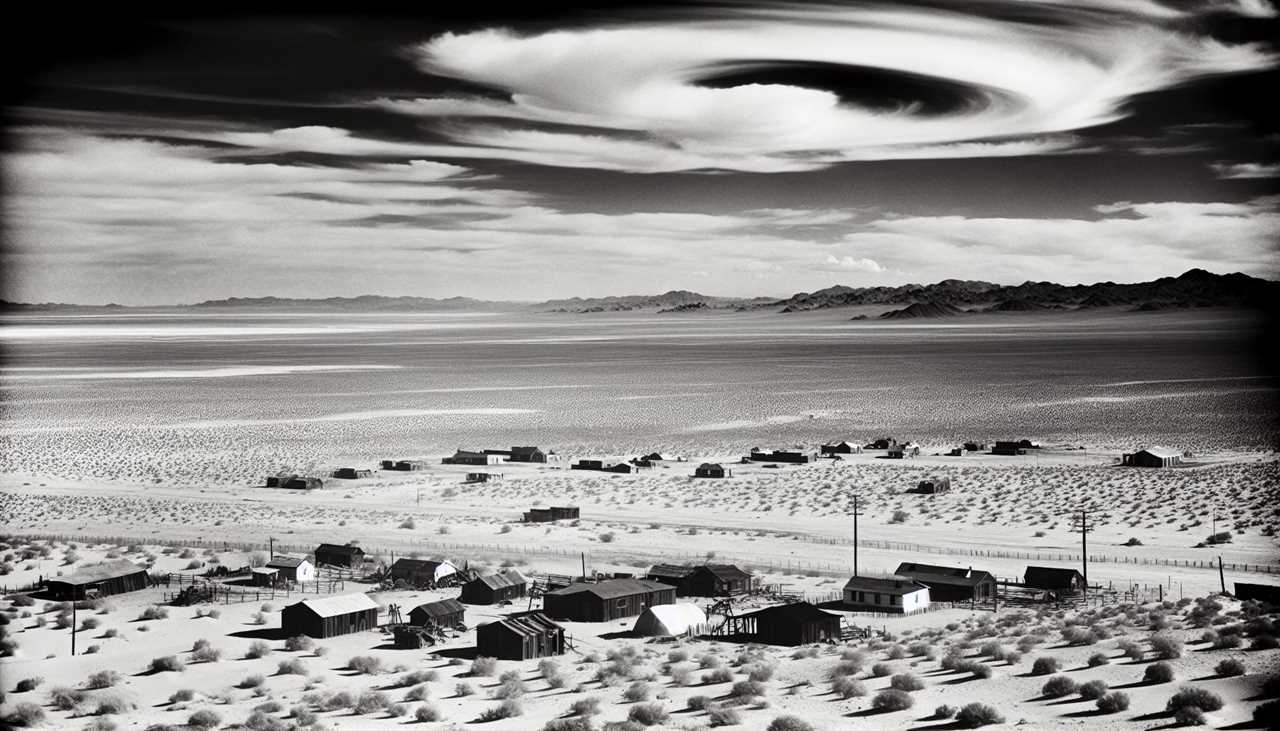
Originally, Las Vegas was simply a stop along the railroad route connecting Los Angeles and Salt Lake City. Its establishment as a city is celebrated on May 15th—the historic date in 1905 when the San Pedro, Los Angeles & Salt Lake Railroad auctioned off 110 acres of land that would become the core of what’s known today as present-day Las Vegas.
Quickly gaining recognition after this pivotal auction, Las Vegas became an official city on June 1st of that same year. It wasn’t long before its first mayor took office. The development and growth were significantly propelled by the inauguration of rail service via the San Pedro, Los Angeles & Salt Lake Railroad.
Alongside these developments near the tracks lay another burgeoning community—J.T. McWilliams’ townsite—which also played an essential role in sculpting what we now know as modern Las Vegas through its contribution to early expansion efforts within this part of Nevada’s Mojave Desert region.
The Railroad and the Rise of Las Vegas
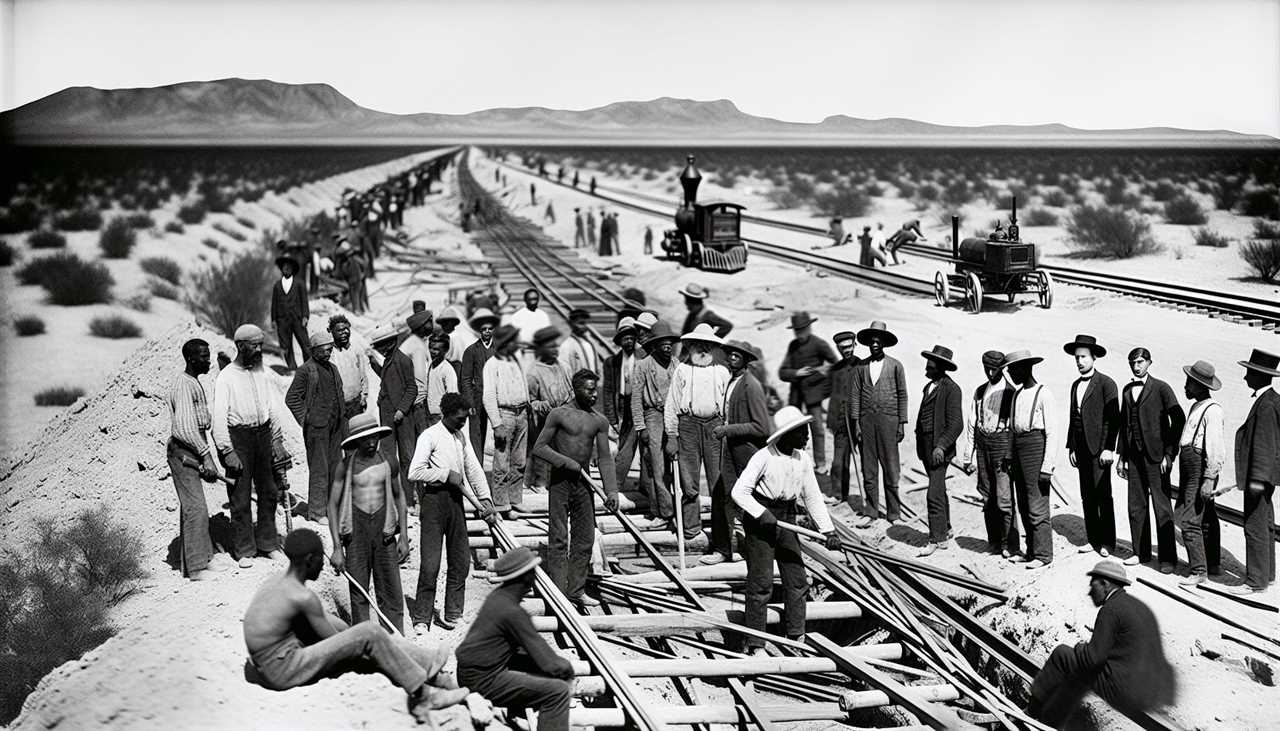
The completion of the Los Angeles and Salt Lake Railroad in 1905 solidified Las Vegas’s crucial position along the route, as it provided an essential connection between Salt Lake City, Utah, and Los Angeles, California. Consequently, this transformed Las Vegas into a vital stop for those traveling by rail.
As an oasis with available water resources within a parched desert landscape, Las Vegas became indispensable not only as a refueling station for steam locomotives but also as a welcome respite for travelers needing rest on their journey.
On May 15th of that pivotal year, 1905 saw the auction of 110 acres in what would become one cornerstone event in the history of Las Vegas—ushering its official establishment and spurring initial urban growth. The development trajectory continued to evolve from thereon out thanks to numerous townsite expansions coupled with the settling down after tensions known colloquially as the ‘railroad war’, which ended when Union Pacific acquired half ownership interest in Clark’s railway enterprise.
From Humble Beginnings to Sin City
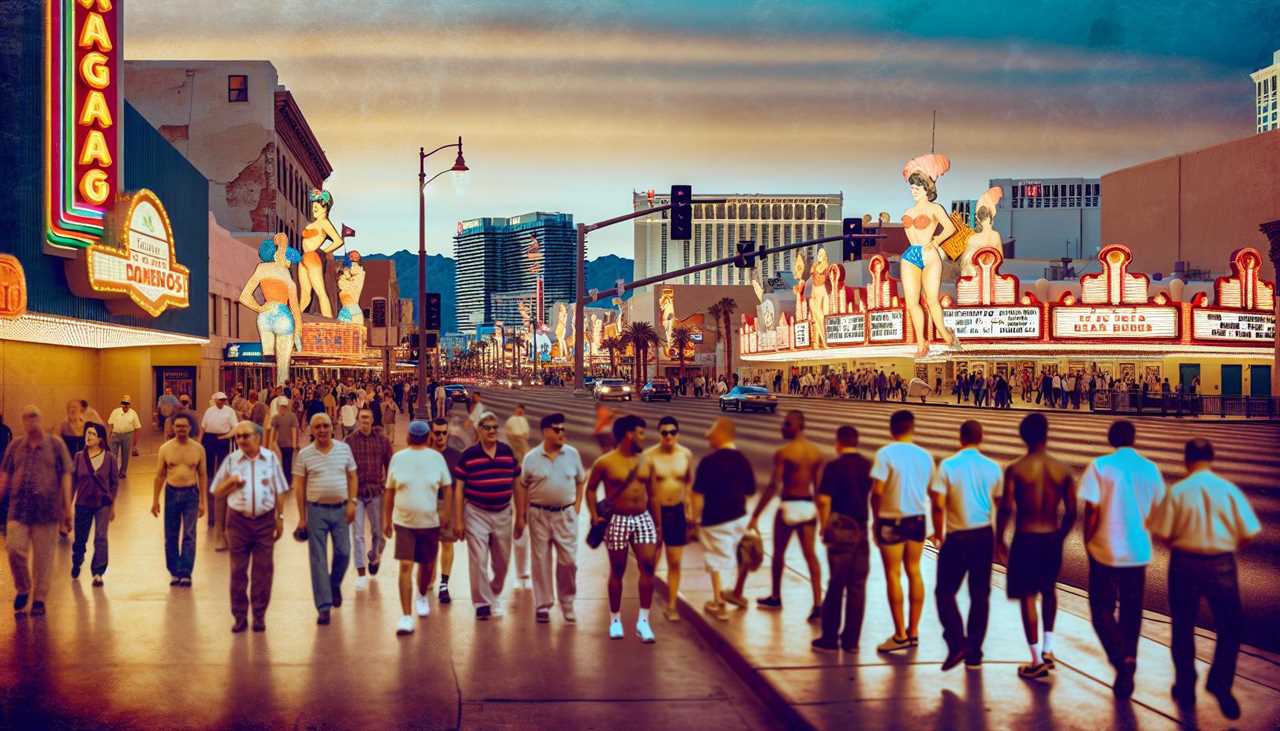
In 1931, Las Vegas embarked on a journey to become the renowned “Sin City” as gambling was legalized. This significant change led to the birth of the first casinos within Las Vegas and transformed it from a modest settlement into an epicenter of amusement. The city’s allure was solidified by legendary performers such as Frank Sinatra and Liberace who graced its stages. Figures like Bugsy Siegel from the criminal world infused an element of intrigue into Las Vegas’ evolving persona.
The arrival of Howard Hughes in 1966 signified another evolution for Las Vegas’ image. As both a film magnate and industrialist, Hughes began purchasing hotels with Mafia ties while pushing for civic reforms—heralding a new era for what once resembled an untamed Western town toward becoming the modern-day Las Vegas that we are familiar with today.
Visionaries and Pioneers: Key Figures in Las Vegas's Founding
A study of the history of Las Vegas would be incomplete without recognizing the crucial figures who played significant roles in its establishment. Among these visionaries was William A. Clark, who significantly influenced the early growth of Las Vegas.
Clark’s contributions extended beyond establishing Las Vegas as a railroad maintenance stop. He subdivided 110 acres into 1200 lots, paving the way for the rapid development of the city. In recognition of his contributions, the surrounding area was designated as Clark County, named after him.
The city’s early history was also shaped by strong political influences. U.S. senators Thomas Kern and William Clark were instrumental during the city’s foundational period, shaping the city’s trajectory and leaving an indelible mark on the city’s history.
The Timeline of Transformation: Major Milestones Post-Founding
Following its inception, Las Vegas experienced a series of significant events that reshaped its character and trajectory. The Boulder Dam (renamed Hoover Dam) project announcement in 1930 catalyzed an influx of people to the area, initiating widespread urbanization as they arrived seeking employment.
With the formation of Boulder City to house those working on the Hoover Dam, this newly developed town had implications for local society. It notably prevented dam employees from indulging in Las Vegas’s burgeoning casino industry, thereby influencing both social interaction and economic growth within the region.
Crucial developments also include Howard Hughes’s arrival during the mid-1960s and World War II-era establishment of Nellis Air Force Base – each playing a role in bolstering population growth. These milestones paired with Nevada Test Site operations beginning in the 1950s laid foundational changes. The expansion continued into tourism and building booms between 1980s–2000s, ensuring the Evolution for Las Vegas’s landscape.
Unveiling Downtown Las Vegas: The Original Heartbeat
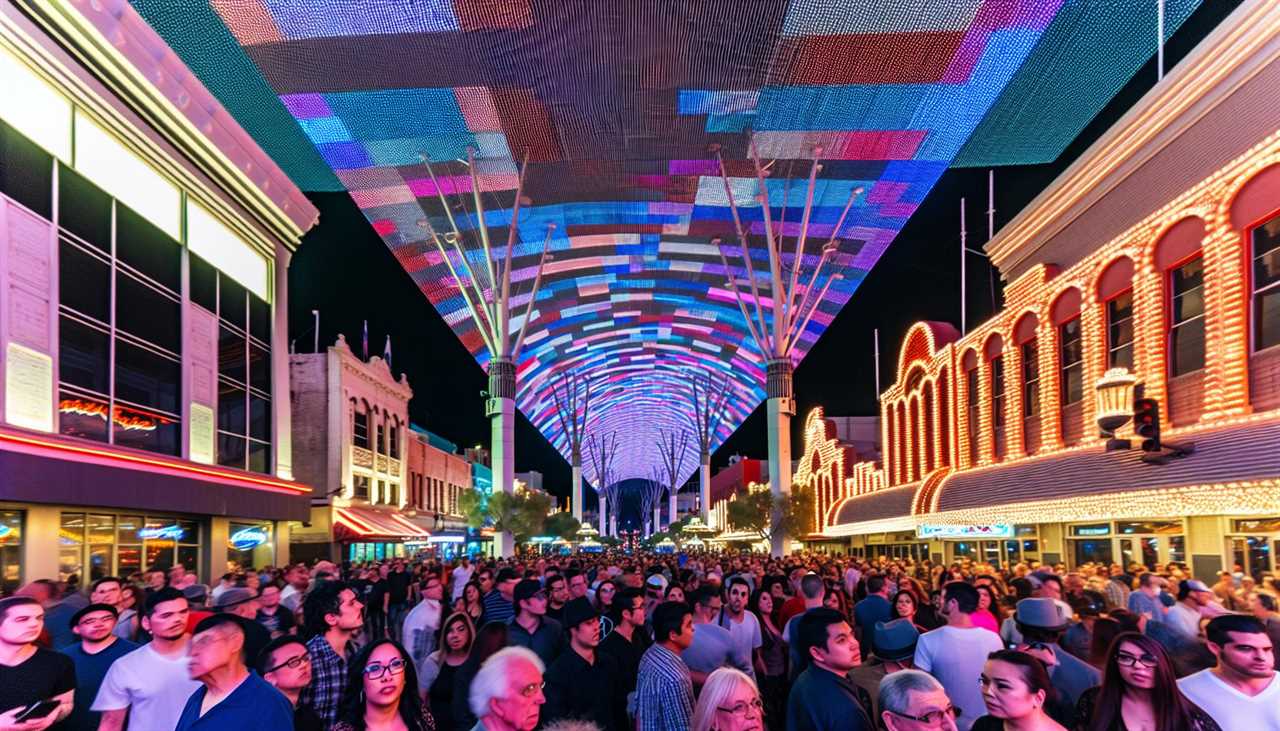
The revitalization of Downtown Las Vegas, often recognized as the original core of the city, has been remarkable in recent times. The section known as Glitter Gulch stretches from Main to Third Streets on Fremont Street and was named by the Las Vegas Chamber of Commerce back in 1946—a notable event for Las Vegas.
In its formative years, Fremont Street played an essential role. It boasted not only the first paved road within city limits laid down in 1925, but also witnessed the installation of Las Vegas’s initial traffic light six years later in 1931—proof positive of its significance to urban development.
A transformative milestone occurred with the inauguration of the Fremont Street Experience in 1995. This entertainment feat included a $70-million investment into a dazzling auditory-visual canopy that made it an unmistakable pedestrian promenade while halting vehicular travel along Las Vegas Boulevard—revitalizing interest and activity within this historic district.
Invigorating downtown came with the establishment of the Fremont East Entertainment District, unveiled in 2007. It encouraged walkability alongside a fresh injection of commercial ventures, encapsulating downtown’s ongoing metamorphosis into a lively hub for visitors and locals alike.
The Expansion of Las Vegas: Beyond the City Limits
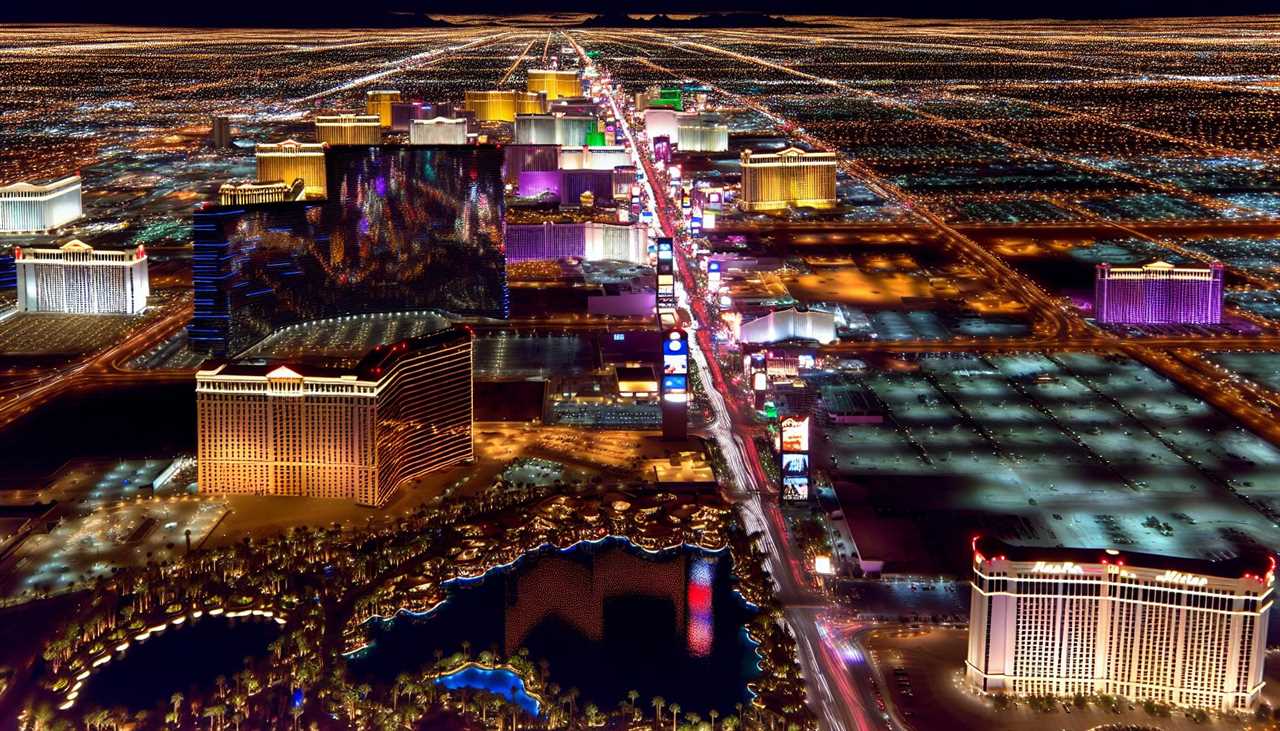
Las Vegas’ growth wasn’t limited to its initial city limits. It spread out, propelled by the surge in development across both the Las Vegas Valley and along the iconic Las Vegas Strip. This expansion has been met with geographical limitations due to surrounding mountains and land owned by the federal government.
In response to these obstacles, initiatives like the Clark County Lands Bill and Southern Nevada Economic Development and Conservation have been launched. Act have been proposed. They are designed to:
- Open up thousands of acres of public lands for urban development purposes.
- Strike a harmonious balance between preserving land resources while accommodating urban sprawl.
- Ensure thoughtful planning and governance are applied in overseeing Las Vegas’ burgeoning footprint.
Since 1980, federal legislation has made it easier for communities in Nevada as well as developers to acquire public lands intended for city growth projects. Currently cementing this trend toward outward expansion is an agreement between Las Vegas officials and members of the local Paiute tribe — together they’re charting plans for a new master-planned community positioned eastward from their reservation – another testament to not only ongoing but also meticulously orchestrated enlargement within metropolitan Las Vegas.
The Growth of the Las Vegas Valley
The Las Vegas Valley has witnessed significant growth since the 1930s. The most notable surge in its population occurred between 1985 and 1995, when it nearly doubled.
By the year 2020, the combined population of the metropolitan area comprising Las Vegas and Henderson had risen to a total of 2,265,461 inhabitants. Forecasts show that by the year 2035, Clark County could see its numbers exceed three million residents. Notably, cities like Henderson are expected to welcome around an additional 70,000 citizens within just ten years.
Concerns have been mounting due to this swift spread of suburban development throughout Southern Nevada—a trend largely driven by sales of public lands—especially regarding water consumption and ecological effects. If current development patterns persist unabatedly until then, the region might run out of land suitable for construction as soon as the year 2032.
The Boom of the Las Vegas Strip
Once a simple two-lane road cutting through the desert, the transformation of the Las Vegas Strip into an epicenter for opulence and amusement began in 1941 with the launch of El Rancho Vegas. This event signaled a new era for what would become an iconic destination.
The development continued to escalate when Bugsy Siegel, a notorious mobster, established The Flamingo Hotel. These pioneering hotel casinos laid down the framework for today’s celebrated Strip.
With Caesars Palace making its grand debut in 1966, it underscored another leap forward in defining this illustrious boulevard. Thanks largely to El Rancho Vegas’ initial drawcard effect, Las Vegas proudly wears its title as the entertainment capital of our planet.
Modernization and the Megaresort Era
The inception of the megaresort era was signaled by the modernization of Las Vegas. This era was initiated in 1989 with the construction of The Mirage, financed by Wall Street investments. This marked the beginning of a new era where older hotels were demolished to make room for more grandiose resorts.
Influential figures like Howard Hughes and Kirk Kerkorian played pivotal roles during this era. Hughes, who moved to Las Vegas in 1966, began acquiring hotels and influencing legislation. Kerkorian, on the other hand, developed key properties and invested in real estate development. Their contributions were pivotal in shaping the modern Las Vegas landscape.
The 1970s marked a shift towards creating a family vacation environment, moving away from the gambling-centric image of Las Vegas. This trend continued into the late 2000s and the new millennium, marked by the creation of new mega-resorts, the fading of gimmicky themes, and a focus on offering a multitude of new hotels, restaurants, and attractions.
A City Reinvented: Las Vegas's Evolving Identity
Las Vegas’s identity has undergone multiple evolutions and reinventions over the years. The city’s reputation as a global entertainment hub was solidified by iconic performances, atomic bomb tests, and the influence of prominent figures like Howard Hughes.
In addition to these influences, key institutions like McCarran Field for commercial air traffic and the Las Vegas Convention Center were established, facilitating the city’s growth. Celebrities such as Judy Garland and Frank Sinatra choosing Las Vegas’s A Little White Chapel for their weddings also propelled the city as a sought-after wedding destination.
Despite some of Howard Hughes’s ambitious plans not materializing, his influence, along with the anticipation of continual change supported by new technologies, points to an ever-evolving Las Vegas. The city continues to reinvent itself, keeping its essence alive while adapting to the changing times.
Las Vegas Today: A Hub of Global Attractions
Today, Las Vegas stands as a global hub for premier attractions, pushing boundaries with innovative technologies, an array of resort themes that span the spectrum, and a dynamic arts and entertainment culture. The MSG Sphere at the Venetian is on track to redefine live music events in 2023 with its state-of-the-art spherical venue designed for enveloping audiovisual experiences.
Not only has Las Vegas seen remarkable growth through new prestigious developments like Resorts World, but it’s also looking forward to the launch of high-profile projects including the $3.1 billion Fontainebleau and Durango Casino and Resort. The city boasts a culturally diverse set of attractions such as Omega Mart by Meow Wolf alongside distinctive offerings like Cirque du Soleil’s Mad Apple show—the Neon Museum and Mob Museums Enrich this vibrant cultural tapestry.
Inclusive of North Las Vegas, the area remains central to hosting major international functions. Universal Studios Horror Nights Experience is one among them along with eagerly anticipated occasions like Formula 1 Heineken Silver Las Vegas Grand Prix 2023. With initiatives such as Civic Plaza spearheading community development coupled with its openness to groundbreaking tech—Las Vegas notably leads in experimenting realms from autonomous vehicles forward—highlighting its dedication towards communal prosperity and technological advancement.
Economic Engine: The Impact of Tourism and Entertainment
The economy of Las Vegas, which is heavily dependent on its tourism and entertainment industries, has exhibited notable expansion in the past few years. Some crucial data points include:
- As reported in March 2023, gaming revenue for Clark County reached a milestone of $13.1 billion over the previous twelve months.
- In 2022, the economic influence of Las Vegas’s tourism sector soared to an unprecedented level of $79.3 billion.
- Expenditures by visitors also peaked at about $44.9 billion.
In relation to visitor expenditures last year, it accounted for approximately half of the gross economic output within the area, highlighting just how pivotal both tourism and entertainment are to Las Vegas’s financial health. Direct employment figures from Southern Nevada’s tourism industry were estimated at around 229,440 individuals in 2022. This demonstrates that it stands as the leading source of jobs regionally.
Even with visitation numbers not reaching their pre-pandemic highs, visitation numbers are not reaching their pre-pandemic highs. To those seen back in 2019, there was still an increase overall when it came to spending—this pointed out a considerable uptick regarding expenditure per trip made by each tourist and reflected Las Vegas’s capacity for recovery after COVID-related setbacks. The vigorousness showcased through economic reports and job statistics can be attributed primarily to burgeoning main attractions like star-studded residencies/shows plus ventures taken on by entities such as Las Vegas Convention and Visitors Authority that aim continually toward innovation including launching new resorts alongside diversified forms of amusement.
Summary
We delved into the chronicles of Las Vegas, tracing its evolution from a modest railway layover locale to an illustrious center of amusement and finally blossoming into the sprawling contemporary metropolis that stands today.
Tracing back to the pioneers who established its groundwork through pivotal events that forged Las Vegas’s character, the city demonstrates an unbreakable resilience, remarkable flexibility, and enduring vibrancy. As it navigates forward with time, one fact endures: Las Vegas will continue to enchant audiences globally with its dynamic charm and indomitable essence.
Frequently Asked Questions
When was Las Vegas founded and by whom?
In 1905, a collective of developers established Las Vegas as a railroad halt in the desert. Its moniker is derived from “vegas,” the Spanish term for meadows.
When was the first casino built in Las Vegas?
In 1906, the inaugural casino of Las Vegas was established, signifying the genesis of this city.
Who first found Las Vegas?
Antonio Armijo, a Mexican trader, first encountered Las Vegas in 1829 and referred to it as ‘The Meadows’ in his native language of Spanish.
During an expedition with Antonio Armijo’s group in 1821, Rafael Rivera also came across the Las Vegas valley and similarly designated it “the meadows.”
What marked the transformation of Las Vegas into an entertainment hub?
In 1931, the authorization of gambling activities catalyzed the evolution of Las Vegas into a nexus for entertainment.
What are some major milestones in Las Vegas's history?
Key events that have fundamentally influenced the growth of Las Vegas are the building of the Hoover Dam, Howard Hughes’ entry into the city scene, and the creation of Nellis Air Force Base.
Such occurrences were pivotal in molding Las Vegas’s trajectory.






